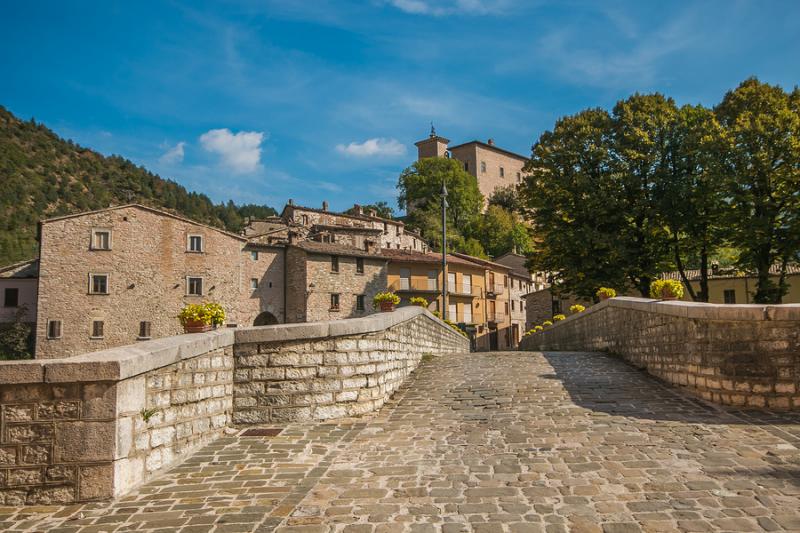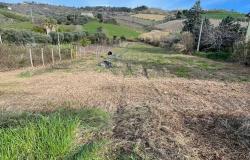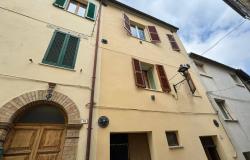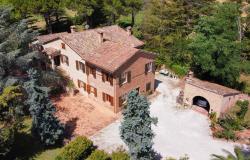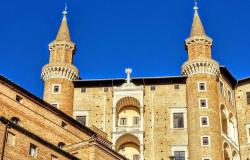Set in a beautiful natural landscape between the Apennine mountains and the Adriatic Sea, the medieval town of Piobbico boasts an unusual title: it promotes itself as the world capital of ugly people.
Since 1879, this town of 2,000 residents in the central Italian region of Le Marche claims to have been the seat of the ‘Club dei Brutti,’ or ‘Club of the Ugly.’ The association was born out of a need to marry off single women who were considered ugly and, being unable to marry, became an economic burden for the family. The club has evolved into an international association with 30,000 members, the World Association of Ugly People, whose goal is to raise awareness on the difficulties encountered by ugly people in a society that places high value on looks rather than inner beauty. In fact, the club’s motto is “a person is what he/she is and not what he/she looks like.”
The club's emblem features a reclining man with a mustache and a big nose smoking a pipe, accompanied by the slogan, “Ugliness is a virtue, beauty is slavery” (La bruttezza è ‘na virtù, la bellezza è schiavitù).
Every year on the first Sunday of September, Piobbico hosts the Festival dei Brutti, the Festival of Ugly People. Members of the club get together to celebrate, eat local specialties like truffles and polenta, elect the club’s president and welcome new members. Senior members vote to admit new ‘brutti’ to the club. The ugliness rating ranges from ‘undefined’ (non definita) to ‘extraordinary’ (straordinaria). To be a member you don’t have to be ugly; what’s important is to share the club’s values.
“It’s really important to celebrate it [ugliness] to de-stigmatize it,” the club’s president, Giovanni Aluigi, told BBC Travel. “If we celebrate ugliness in the way we do, those that are ugly will feel less ugly. You feel ugly not because you are ugly, but because other people make you feel ugly.”
Piobbico is a medieval town which has preserved its historic stone buildings. Most of its monuments date back to the period when the Brancaleoni family, an ancient local dynasty, ruled, including the 13th-century castle.
